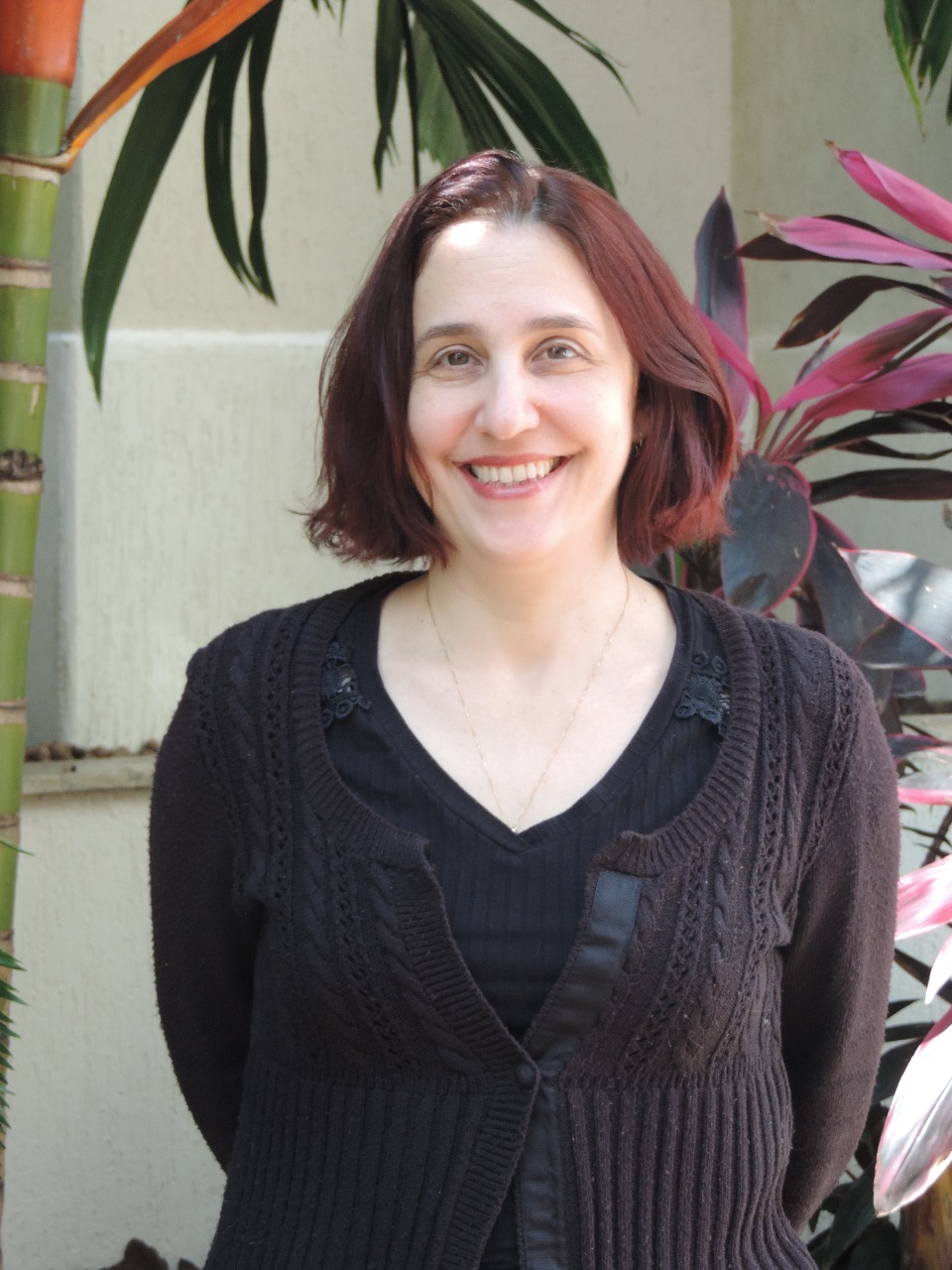CLIL is the New Black
Sunny afternoon in the capital of Brazil, a group of teachers awaits for the presentation of the new coursebooks. Curious eyes on the presenters, colorful boxes on the shelves and the expectation to end the day with grids and tables filled with content that would translate into a year’s worth of teaching.
To their surprise, instead of handing them a book, the presenters, Pedagogical Coaches, as they are now called, give them Ipads and passwords to an LMS platform where they would have access to interactive books, planning guides and probable answers to problems they didn’t even know they had. The inevitable question didn’t take long: “Where’s the grammar?”, asked a teacher with a look of both shock and horror. And so, the quest began.
For many, CLIL has become a household name, and the question “Where’s the grammar?” may seem somewhat out of place, whereas, for so many others, it is still uncharted territory. And who’s to blame? For decades the syllabus has been grammar-oriented, then, skill-oriented, and all of a sudden, skilled professionals with years of classrrom experience are told to pull the plug on all they’ve been doing and CLIL away.
The grammar-translation method didn’t die with the boom of audio-lingualism in the 40’s/50’s, much in the same way that audio-lingualism didn’t disappear with the communicative approach. Methods that present themselves as “state of the art” have been around for decades bringing, with every new edition/adition, different configurations of the same basic options. Methods are open to wide interpretation by material developers and teachers, but the choice of method doesn’t always include two very importante stakeholders: teachers and students.
Language teaching is a massive industry (profit and glory) and the rise and fall of methods, more often than not, is dictated by the ebb and flow of profit seekers, sales reps and forces of the intellectual marketplace. Most of these methods have been developed in western developed countries (US and UK), and they live on thanks to the fallacy that anything imported from these places is, by nature, more effective and advanced. They are developed in a specific educational, social and cultural context and cannot be exported wholesale and used in countries with different philosophies, values and beliefs.
Ideally, a method should provide comprehensible input in low anxiety situations and contain messages that speak to students in a way that is meaningful in order to prepare them for authentic production. Teaching should never be the center, learning should. Is CLIL the answer to all of our problems? I highly doubt that there is a one-size-fits-all answer to anything related to education, but as long as learning is the main focus, why not?






